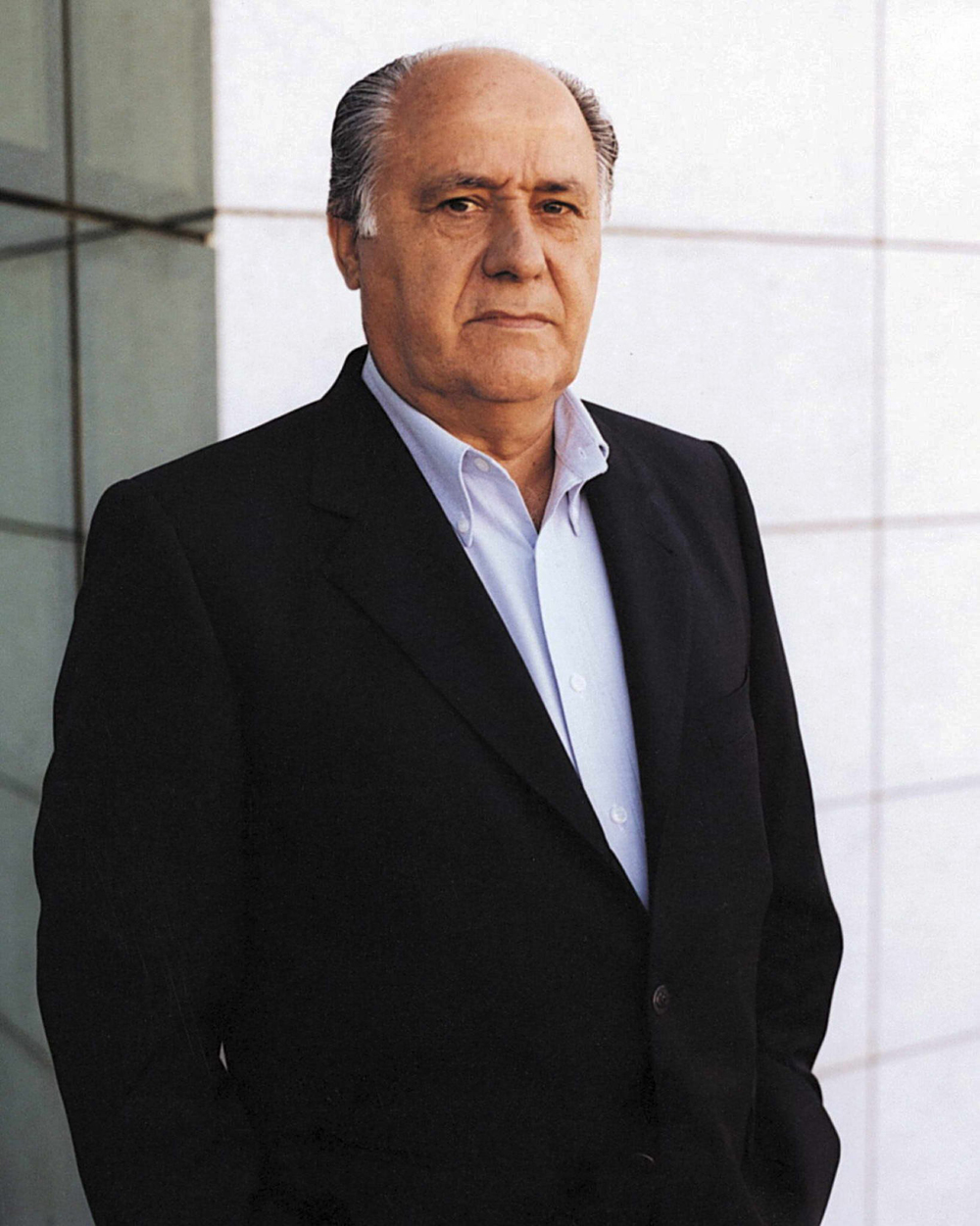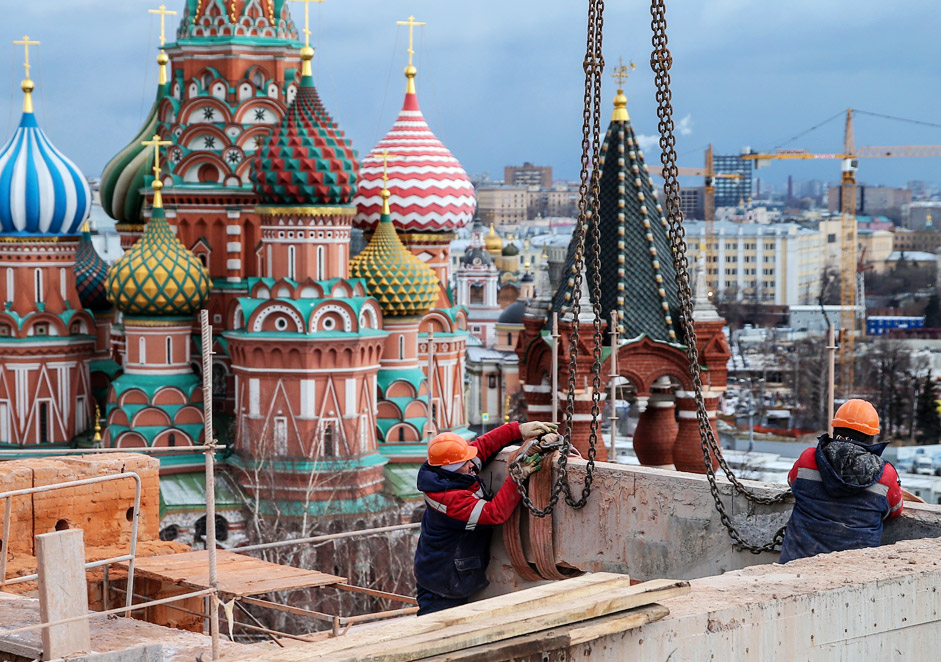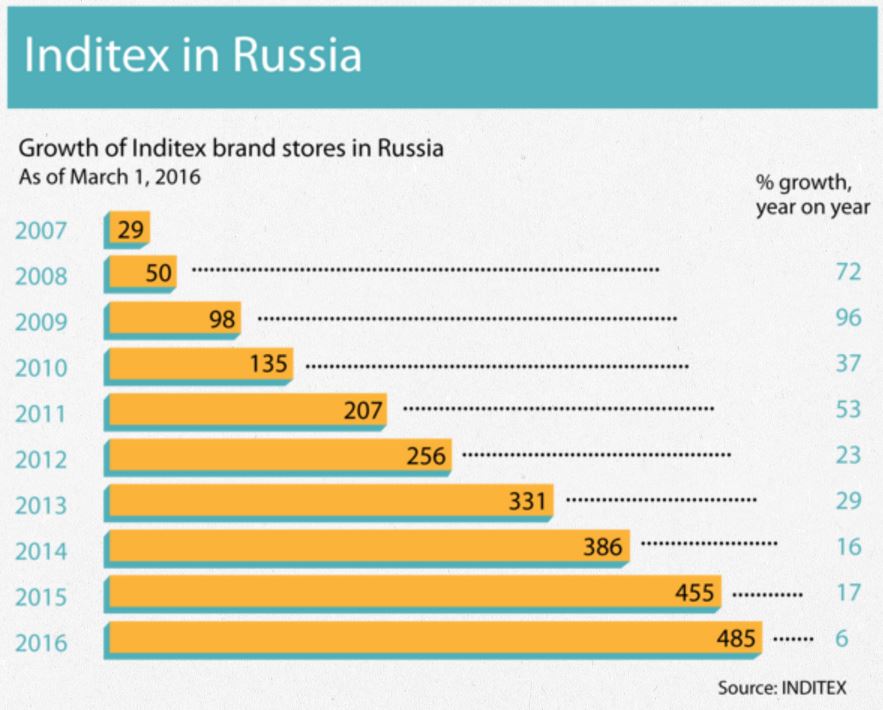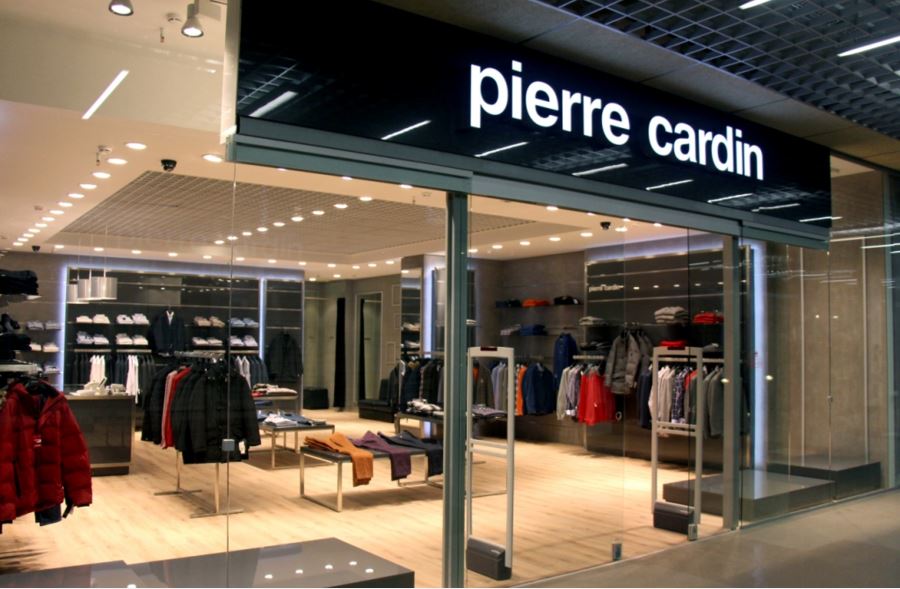Clothing brands may take advantage of weak ruble to move to Russia
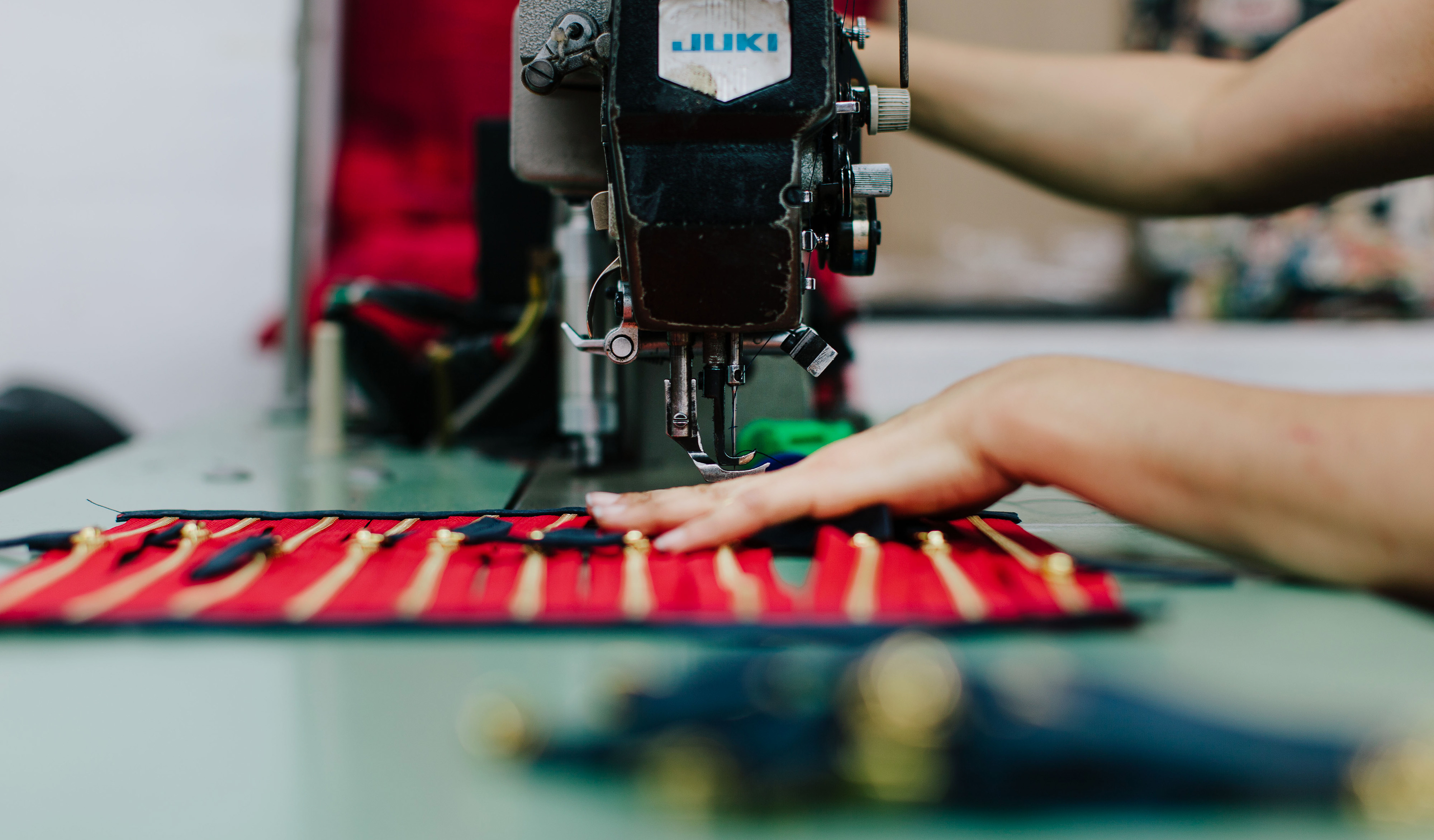
Low production costs are attracting leading global clothes retailers.
Getty ImagesIt is worth pointing out that Inditex is already quite active on the Russian market: Its brands Zara, Pull & Bear, Massimo Dutti, and Bershka enjoy a consistent demand in Russia.
The company is now considering relocating its production to Russia and is in talks with the Russian Industry and Trade Ministry, the latter has announced. Other manufacturers, including H&M, IKEA and Decathlon, are ready to follow Ortega’s example.
Why Zara?
Zara’s interest in Russian factories is driven by the favorable conditions that have emerged in Russia because of the economic crisis. Thanks to the devaluation of its national currency, Russia has ended up on the list of countries with the world’s cheapest labor.
According to data from the information and analysis agency Infoline, the monthly cost of a textile factory worker in China is now $250-300, whereas in Russia it is just $200 (15,000 rubles). In these circumstances, the drive to develop the country’s textile industry is a clever move on the part of the Russian authorities, market experts agree.
“Given the rise in unemployment and more labor force available, the situation from the point of view of retail production is becoming more interesting,” said head of Infoline-Research Mikhail Burmistrov.
It is not surprising that Inditex has turned its attention to production capacities in Russia. The group is known for its effective fast-fashion business model, whereby the time lag between the moment a model is created and the moment it hits the stores is reduced to two weeks.
Currently, Inditex makes its clothes at factories in Vietnam, Indonesia, China, Turkey and Europe. The group runs 485 stores in Russia and, despite the crisis, managed to open 30 new outlets in 2015, increasing its Russian network by 6 percent, according to the company’s annual report. This makes Russia the third biggest market for Inditex (after Spain and China, with 1,826 and 566 stores respectively).
Foreign players’ interest in the Russian textile industry is further spurred by tensions in Russia’s relations with Turkey after Turkey downed a Russian military aircraft on the border with Syria in November 2015.
Following that incident, Russia cut the amount of Turkish imports dramatically, however, textiles were not subjected to any restrictions. Yet in December 2015 the Kommersant business daily reported that the Russian government may extend the sanctions against Turkey to include clothes retail too.
Furthermore, in late 2015, the conservative Russian magazine Expert cited the Turkish T24 TV channel as reporting that Zara, Mango and H&M had asked their Turkish partners to remove the “Made in Turkey” label from their clothes. Thus, the relocation of production to Russia could remove the problem with goods identity, given the current political tensions.
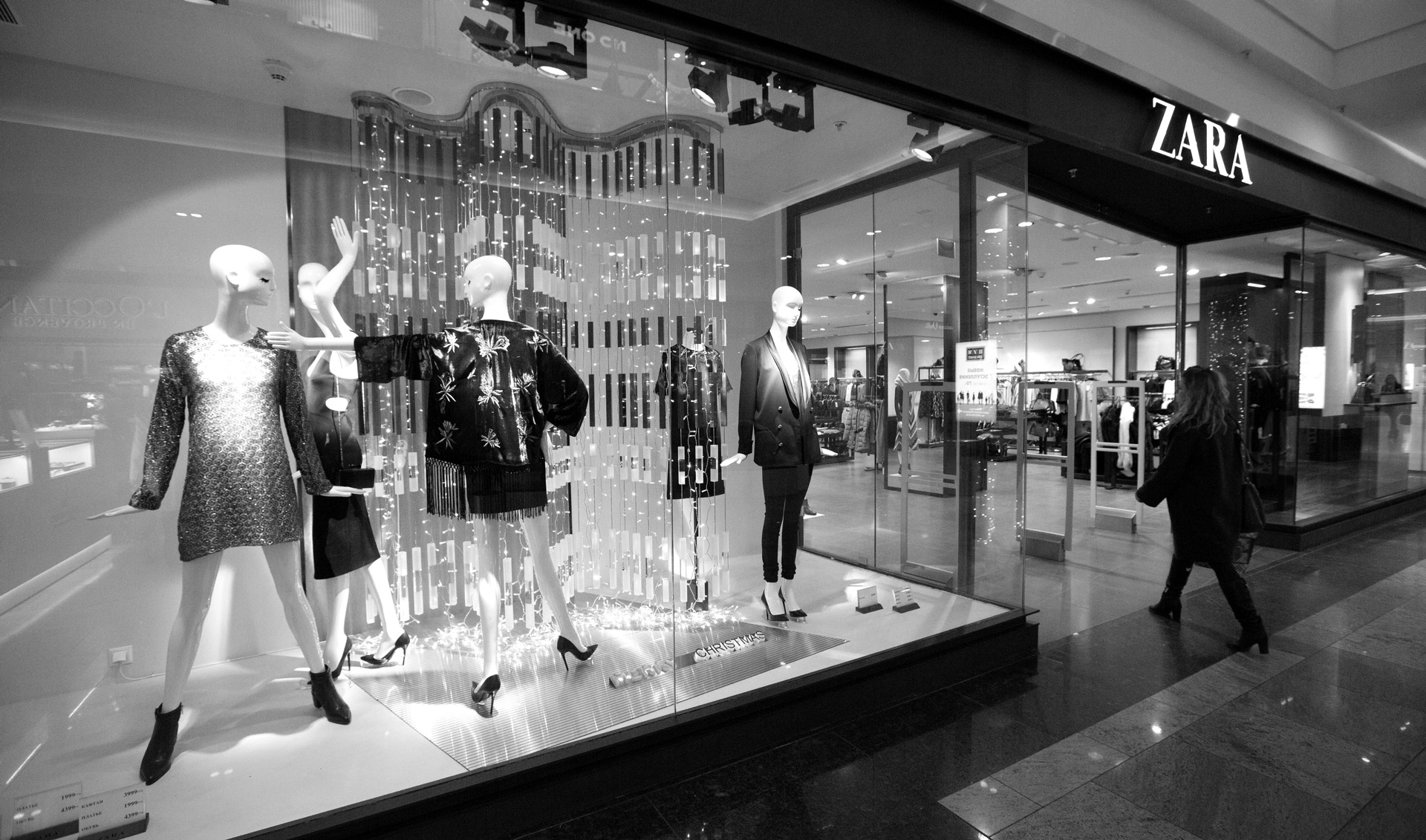 Source: Getty Images
Source: Getty Images
How competitive are Russian factories?
So far, Russian factories have been working only with local retailers and customers. So it remains to be seen how competitive Russian factories are compared with their rivals in China or Vietnam, which operate several shifts and turn out a hundred times as much output.
“One particular feature of international brands is that they operate in a global sourcing system, i.e. they sign a contract for making clothes with a factory in one country and then sell the ready goods in stores all over the world,” said Mikhail Burmistrov.
This system requires strict standardization procedures and very serious investment from factories – a challenge that Russian manufacturers are yet to meet.
If clothes under the Zara or H&M brand are made in Russia, their quality will not be adversely affected, insists Lyudmila Ivanova, head of the Fashion Industry Committee under the Russian Textile Industry Union.
“We have already learnt how to make good-quality clothes. Many Russian brands are popular with consumers in our country. Unless you are told that something is made in Russia – in the Ivanovo, Vladimir, Yaroslavl or Voronezh regions – you probably would think that it is made in Europe,” she said.
 Source: Getty Images
Source: Getty Images
Major Russian clothes brands, including Gloria Jeans and Sela, have so far been making their clothes at Asian factories.
“At the moment, we place our orders with factories in China and Bangladesh, but we are interested in Russian manufacturers,” said the vice-president of Russian clothes chain Sela, Eduard Ostrobrod. The company is now busy looking for opportunities to move its production to Russia.
“At an Industry and Trade Ministry textile industry forum recently, we met some very interesting Russian manufacturers and we are keen to cooperate with them,” he added.
Who has already relocated?
With the start of the economic crisis, many Russian retailers have started moving their production from Asian countries to Russia. Thus, the local brands Befree, Zarina and Love Republic have increased the number of orders they place with Russian factories.
Meanwhile, Kira Plastinina has launched its own production in the Moscow Region, not far from the capital. The brand was created by the founders of Russia’s biggest juice company Wimm-Bill-Dann, which was sold to PepsiCo in 2011 for $3.8 billion. Representatives of another Russian brand, Incity, told RBTH that they are planning to move their production to Russia too.
The list of those contemplating a move to Russia is not limited to just Russian brands. The MMD East and West group of companies that forms part of the Bosco di Ciliegi group (which makes clothes for Russia’s Olympic team) intends to build a sports clothing factory in the Kameshkovo industrial part in Vladimir Region (130 miles southeast of Moscow). Investment in the project is estimated at 1 billion rubles ($17.4 million).
Meanwhile, the French sports clothing retailer Decathlon has signed a memorandum of intent with the Novosibirsk-based factory S-Tep to produce trainers. To begin with, the factory will produce trainers for Decathlon’s stores in Russia but in future, for the chain’s global network too, the business daily Vedomosti reported in February 2015.
At the same time, many Russian manufacturers are not too overjoyed at the prospect of the arrival of foreign players.
“One can and should base their production facilities in Russia. But one should start not with global players but with those who are already working in Russia for real,” said Mikhail Burmistrov, adding that the Russian authorities should support local manufacturers and ensure an adequate level of integration between them and customers.
Another thing that the authorities should focus on is the improvement of investment climate, so that foreign companies are not afraid to invest in their own factories in Russia.
“The effect the devaluation of the ruble will have will not last forever,” said Burmistrov. “We’re talking of two to four years, depending on the situation on the external markets. Unless Russia can offer some other competitive advantages, there is no point in making long-term investment or developing relations with local manufacturers.”
First success
 Source: Getty ImagesThere are already examples of successful integration between global business and the Russian consumer goods industry. The Swedish company IKEA, which together with clothes retailers has received an invitation from the country’s authorities, has been successfully cooperating with Russian manufacturers for a long time. IKEA’s purchasing office was opened in Russia back in 1991, long before its first store.
Source: Getty ImagesThere are already examples of successful integration between global business and the Russian consumer goods industry. The Swedish company IKEA, which together with clothes retailers has received an invitation from the country’s authorities, has been successfully cooperating with Russian manufacturers for a long time. IKEA’s purchasing office was opened in Russia back in 1991, long before its first store.
“At present, over 50 percent of volumes sold in IKEA stores in Russia are locally produced. In the textiles category, locally-produced goods make up 40 percent,” the IKEA in Russia press service said.
Furthermore, IKEA is planning to further increase its local production in Russia.
“By increasing the amount of purchases from local suppliers it is possible to considerably reduce costs, mainly transport costs and customs duties,” the company explained.
Currently, the Swedish retailer sources its goods from some 60 Russian factories. Russian manufacturers are fully integrated into the global production and distribution chain: Russian-made goods can be found in IKEA stores in Europe, America and Asia. In addition, IKEA owns four factories in Russia and is planning to launch a fifth one soon.
All rights reserved by Rossiyskaya Gazeta.
Subscribe
to our newsletter!
Get the week's best stories straight to your inbox
